Past Exhibitions
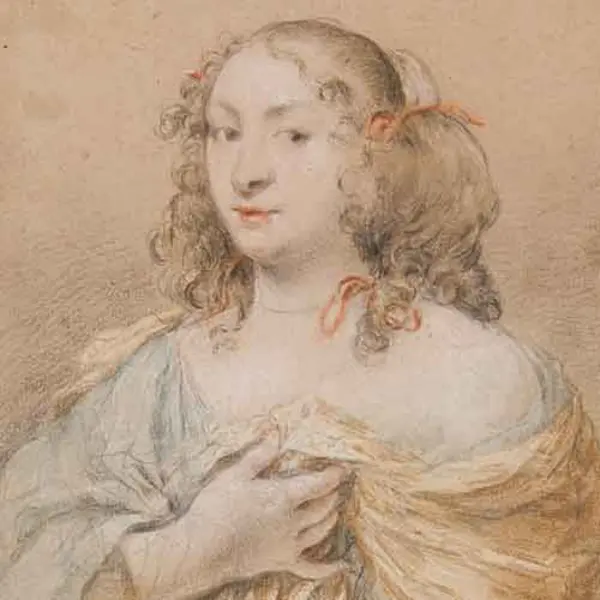
Royals, Courtiers, and Confidants: Early English Portrait Drawings from The Huntington’s Art Collections
As the culmination of a semester course on English cultural history, students from Claremont McKenna College contributed to this exhibition on 16th- and 17th-century portrait drawings.

French Travelers to the East: Jean de Thévenot and Cultural Exchange in the 16th and 17th Centuries
A 17th-century portrait of Jean de Thévenot by Philippe de Champaigne, one of France's most important Baroque painters, is the centerpiece of a small, focused exhibition exploring themes of cultural exchange in the 16th and 17th centuries.
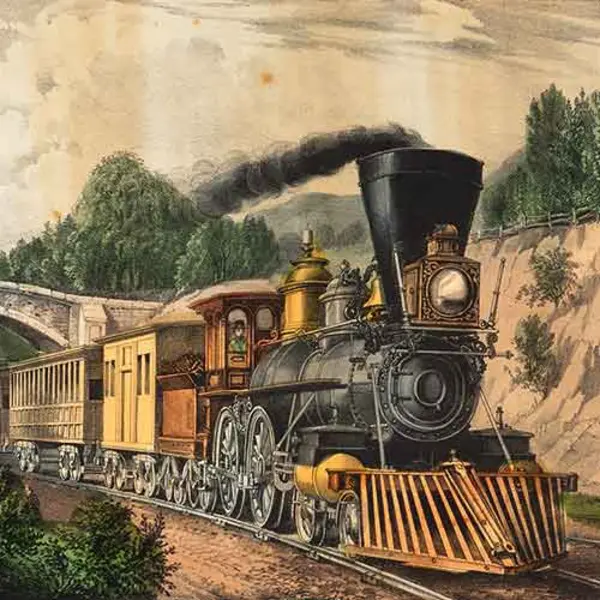
Visions of Empire: The Quest for a Railroad Across America, 1840–1880
Drawn from the Library's splendid holdings about railroading in America, the exhibit will remind viewers that the monumental achievement of spanning the continent was not merely a story of high adventure in the trans-Mississippi West but an epic of national development that unfolded during much of the 19th century.
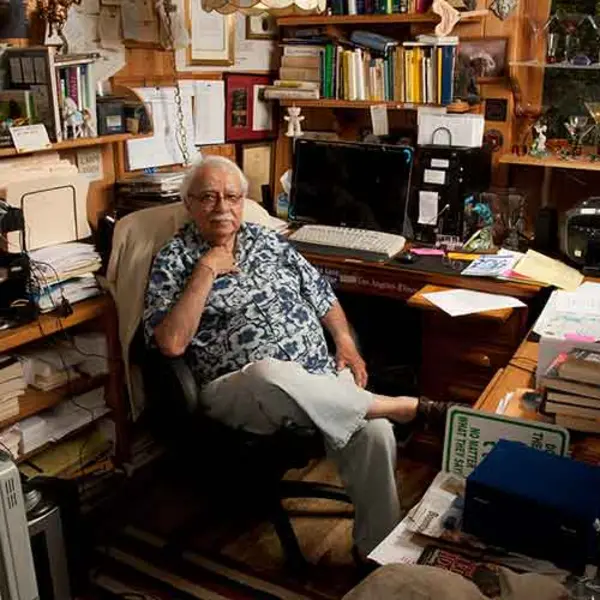
Al Martinez: Bard of L.A.
The exhibition traces his career through a display of columns, letters, photographs, and memorabilia, including some special items borrowed for the show.

Ancient Chinese Bronze Mirrors from the Lloyd Cotsen Collection
Few things provide a clearer picture of an ancient civilization than the study of its material culture: the objects a society created, used, and valued. For certain scholars of Chinese culture, the broad sweep of history can be found reflected in a particularly beautiful art form: exquisitely crafted mirrors made of bronze.
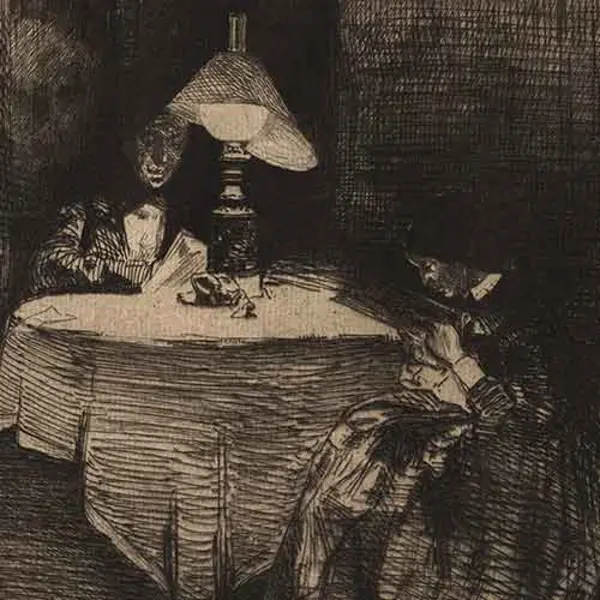
Whistler, Haden, and the Gentle Art of Etching
Best known for his paintings and outsize personality, James Abbott McNeill Whistler (1834–1903) was also an important contributor to the history of printmaking. "Whistler, Haden, and the Gentle Art of Etching" features 17 examples of Whistler's work as an etcher and focuses on the early phases of his career.
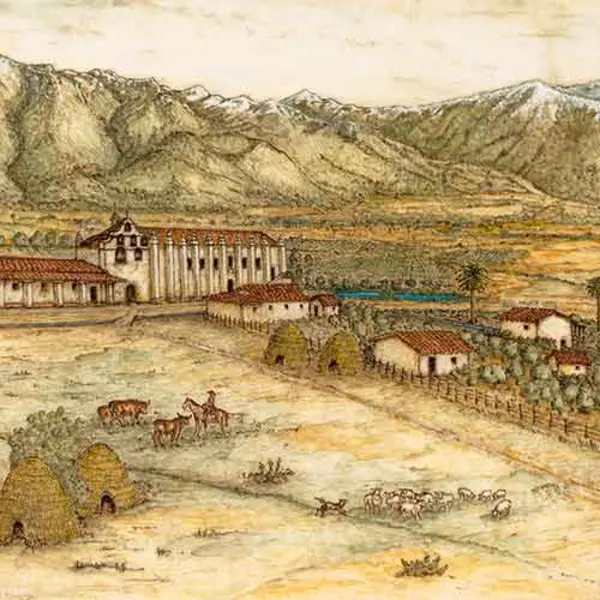
Water Began It All
Eight remarkable hand-colored maps and illustrations by Hart of the San Gabriel Mission, El Molino Viejo (the Old Mill), and La Presa (the Dam) will be on display in the focused exhibition "Water Began it All: A New Look at the San Gabriel Mission."
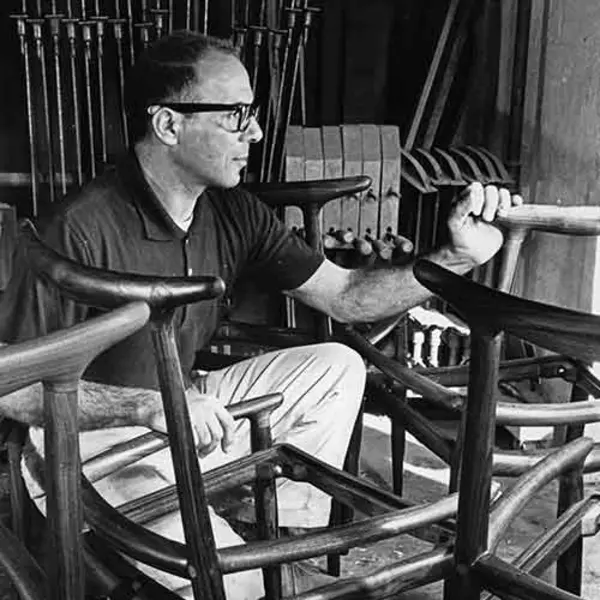
The House that Sam Built: Sam Maloof and Art in the Pomona Valley, 1945–1985
The furniture of midcentury craftsman Sam Maloof (1916–2009) and the art made by 35 members of his circle of friends is explored in the groundbreaking exhibition, "The House That Sam Built: Sam Maloof and Art in the Pomona Valley, 1945–1985" in the MaryLou and George Boone Gallery.
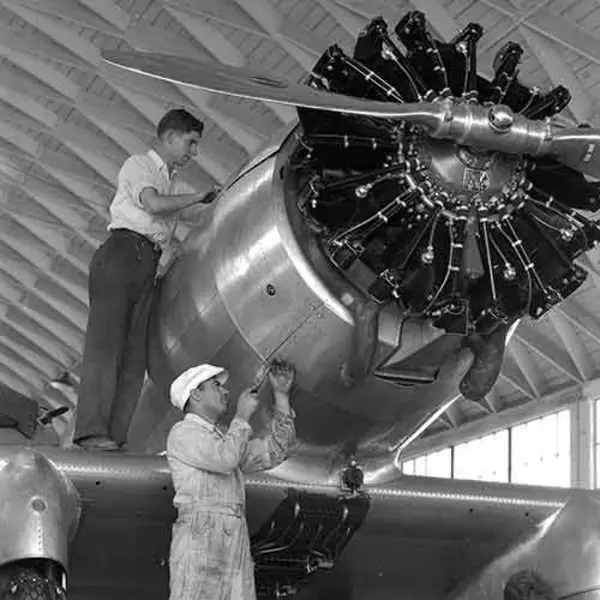
Blue Sky Metropolis: The Aerospace Century in Southern California
The exhibition traces the history of local aviation from the early days of barnstorming pilots through the Cold War space race and beyond. In the process, it documents the extraordinary metamorphosis of Southern California itself, transformed from a land of orange groves into a high-tech region.

Dreams, Disasters, and Reality: Goya’s Prints from The Huntington’s Collections
Though he takes particular issue with the crown and the church, no one is safe from Goya's critical eye as he satirizes human frailties such as superstition, vanity, and love in pointed and often disturbing images. As a result of the highly controversial nature of their subject matter, many of his prints were not published until well after his death.
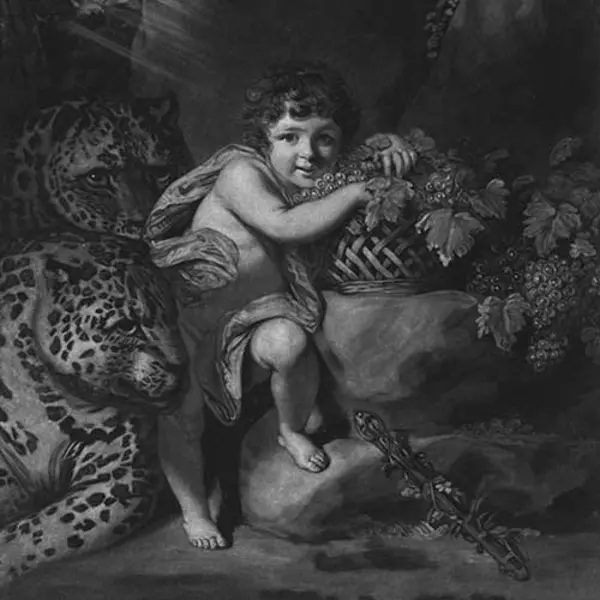
Out of the Shadows: Joshua Reynolds’ Celebrity Portraiture and the Market for Mezzotints in 18th-Century Britain
"Out of the Shadows: Joshua Reynolds' Celebrity Portraiture and the Market for Mezzotints in 18th-century Britain" celebrates this rich period of mezzotint with 13 works from The Huntington's collections.
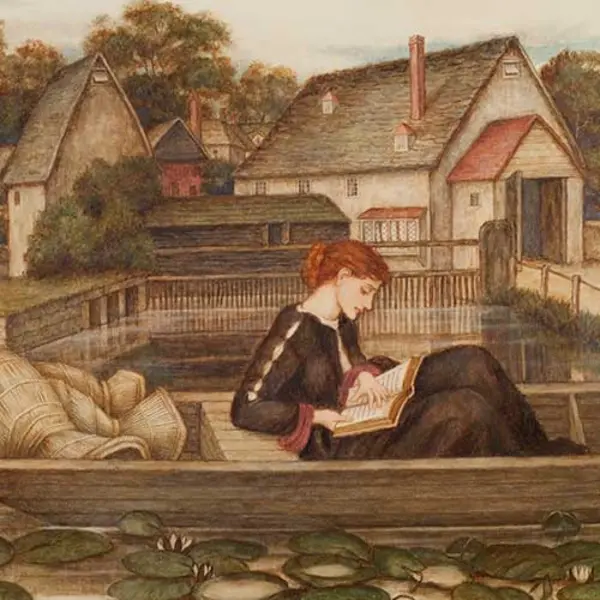
Pre-Raphaelites and Their Followers
In 1848, a small group of British artists and writers banded together intent on reforming art. They rejected what they felt was the Royal Academy of Art’s reverence for the elegant but mechanical art of the Italian Renaissance, especially that of the so-called Mannerist painters who followed Michelangelo and Raphael.